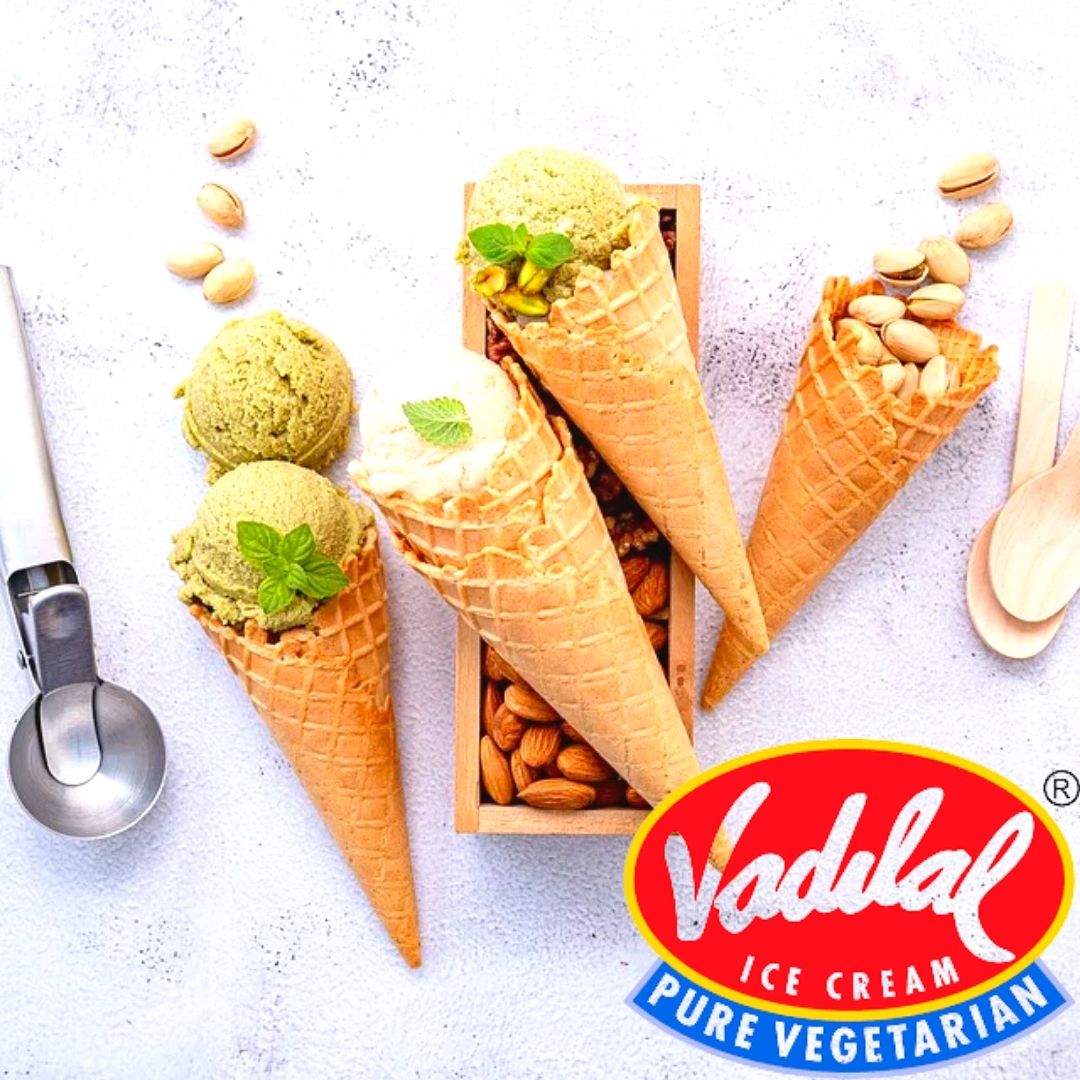Vadilal: Here's How The Century-Old Icecream Brand Has Sustained To Rule India's Frozen Food Industry
Writer: Animesh Chaturvedi
An aspiring journalist trying to unravel stories that are beyond lives.
Gujarat, 25 April 2022 12:17 PM GMT
Editor : Shiva Chaudhary |
A post-graduate in Journalism and Mass Communication with relevant skills, specialising in content editing & writing. I believe in the precise dissemination of information based on facts to the public.
Creatives : Shiva Chaudhary
A post-graduate in Journalism and Mass Communication with relevant skills, specialising in content editing & writing. I believe in the precise dissemination of information based on facts to the public.
Having a vision for this brand and realising its actual potential in the ice cream market, the company decided to make its first foreign investment by importing a german made ice cream processing machine from Germany.
When it comes to a substantial profit-churning business in the close-knit and highly competitive market of the processed food industry, "Vadilal" stands firm in the third position behind Amul and Kwality Wall's. But when it comes to experience, establishment and origins, no other brand beats this century-old company as its foundation was laid pre-independence, back in 1907 in Ahmedabad, which has now taken off and made a buzz in the US market.
Vadilal Gandhi had a humble initial start where he used to sell foundation soda, but slowly, the business diversified into producing ice-creams. He used to make ice creams from the handmade "Kothi" method, where ice creams were made by mixing sugar, salt, milk and ice in a traditional hand-operated machine.
Initial Business Setup
As per Wikipedia, in 1926, Vadilal went to inaugurate its first product outlet in the city. Having a vision for this brand and realising its actual potential in the ice cream market, the company decided to make its first foreign investment by importing a german made ice cream processing machine from Germany.
For a successful and ever-growing business to boom, a brand should know its customers and what they want from a brand's product or services. A company should see its business from consumers' eyes and make out what its consumers desire.
Vadilal can be clearly seen for being actively aware of their consumers' wants, as a result of which their USP is, having more than 120 ice-cream flavours to cater to all age groups and have enormous price ranges starting from as low as Rs 10 to Rs 700 to ensure no one feels left out to treat their tastebuds with Vadilal ice-creams.
Coping Up With Changing Time
For a brand that carries a century-old legacy, it's vital to evolve with time in the market. It is crucial to look out and stay steps ahead of its competitive companies/ rivals to churn out profits seamlessly, expand its business and build a more robust and loyal consumer base to have an upper edge year by year and stand out in this industry.
Vadilal is undoubtedly a pro and genius in marketing. Their emphasis is on how advertisements are produced and what promotional strategies are made to ensure they are in a loop of market discussion.
An Export Boss
When having a total of 500 distributors, 40,000 retailers, and 120 plus ice cream flavours wasn't enough, Vadilal went on a quest to become the biggest ice cream producer brand in the United States and has a strong global presence in around 40+ countries today, reported Economic Times.
For the years 2020-21, the company had experienced an export surge of 250 cr.
Overcoming Market Challenges
A Fight to sustain the century-old brand started as the Vadilal faced many challenges in the market which were a potential threat to their brand, one of which was "Amul".
A Gujarat based, 1946 established dairy brand was a big stone in the success path of Vadilal. Being in the same frozen food industry, Vadilal found it hard to penetrate the ice-cream market as Amul has exceptionally aggressive pricing.
Vadilal did everything possible in their hands to surpass Amul, like redesigning the packaging and pricing. But as a last resort, the infamous Indian marketing scheme "buy one get one free" trick helped the brand undisputedly disrupt the ice-cream market and become a more prominent player in the frozen food industry.
 All section
All section














